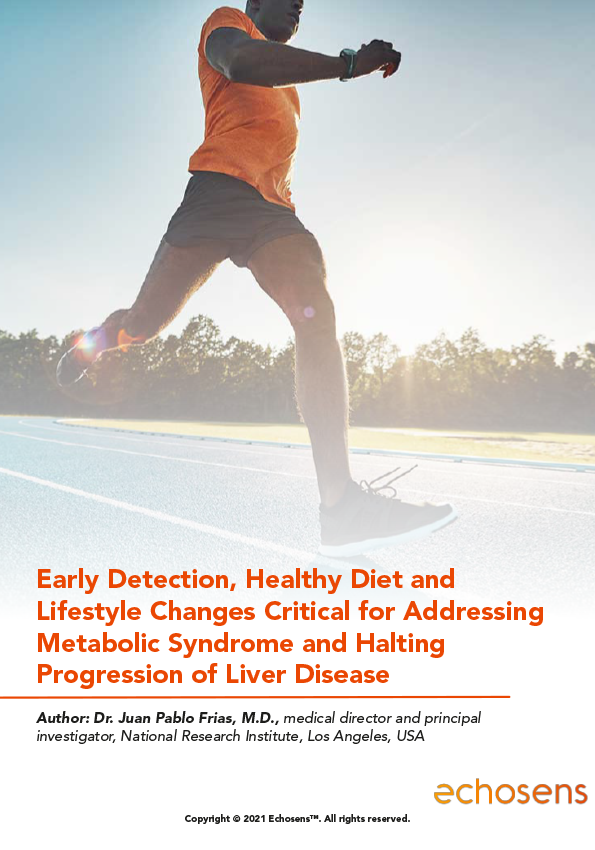
White Paper Focuses on
Early Detection, Healthy Diet and Lifestyle Changes to Address Metabolic Syndrome and Liver Disease
Download it now!

Context
Studies show that nonalcoholic fatty liver disease (NAFLD)—the accumulation of lipids in liver cells not associated with the consumption of alcohol—is strongly tied to the features of metabolic syndrome, the presence of a cluster of risk factors specific for cardiovascular disease. The increase in these diseases is associated with obesity, and insulin resistance is a key pathogenic factor for both NAFLD and metabolic syndrome.
To learn more about the link between obesity, metabolic syndrome and liver disease, and the role of diet and lifestyle changes for preventing disease progression, read “Early Detection, Healthy Diet and Lifestyle Changes Critical for Addressing Metabolic Syndrome and Halting Progression of Liver Disease.”
Author: Dr. Juan Pablo Frias, M.D., medical director and principal investigator, National Research Institute, Los Angeles, USA
Key Takeaways
- A program targeting gradual weight reduction and physical exercise continues to be the gold standard of treatment for all forms of NAFLD.
- A weight reduction of 3% can reverse liver fat in 35% of patients and a reduction of 10% or more can regress fibrosis in nearly half of patients studied.
- A weight loss program combined with FibroScan®, an FDA cleared technology for the diagnosis and monitoring of adult patients as part of an overall evaluation of liver health, is an effective approach for monitoring the impact of lifestyle changes on liver fat reduction.
